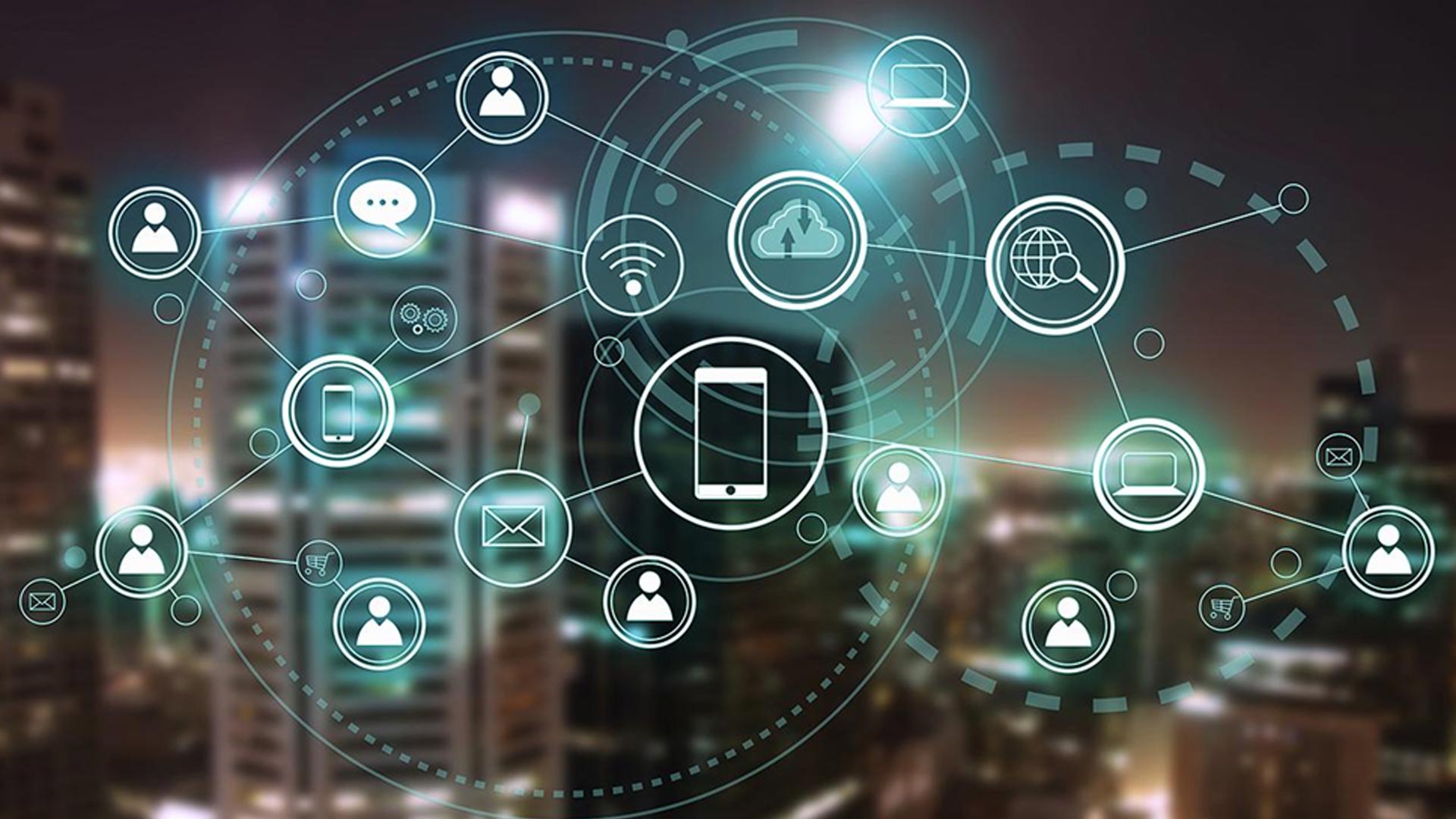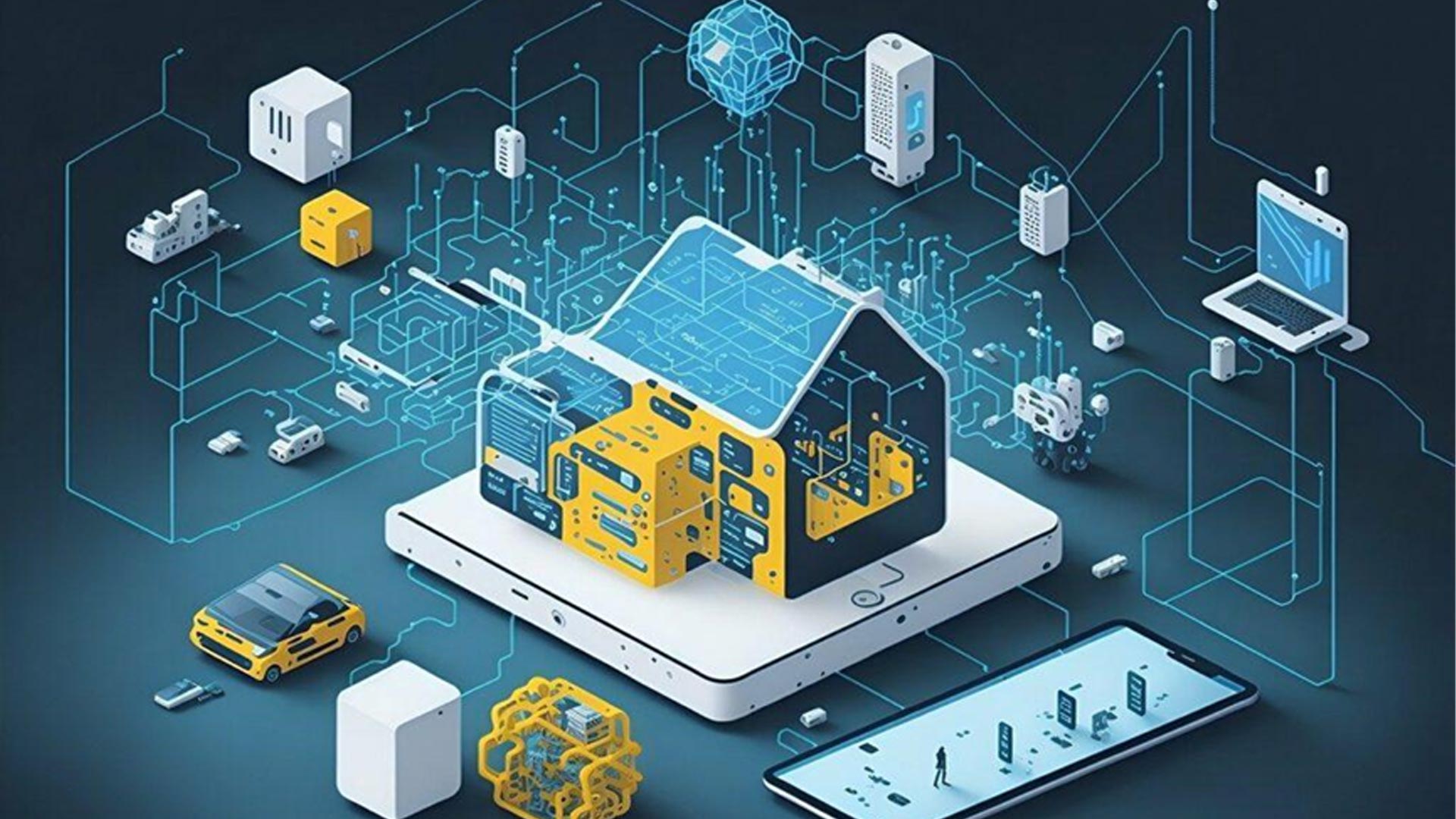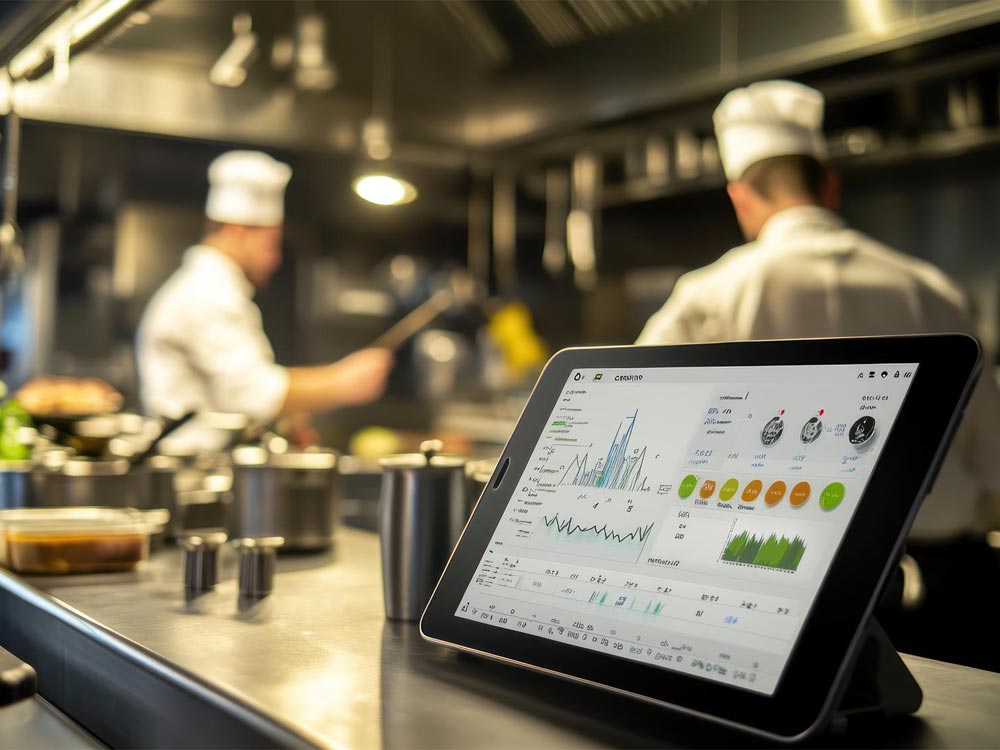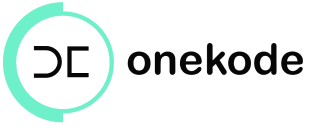Visualize a city where traffic lights were able to alter their signals in real-time with quick analysis of the number of vehicles approaching from all directions. This means no pro-long sittings at a red light on end, waiting for traffic to be sorted. This facility is a reality in several cities due to the IoT sensors implanted in the traffic lights and roads, which facilitate communication for optimizing the traffic-flow.
Internet of Things is defined as the joint network of connected devices and a form of technology that simplifies communication between the cloud and devices, and some time also among the devices themselves. The IoT basically combines daily ‘things’ with the internet. It utilizes a range of technologies for connectivity including Bluetooth, WiFi, Zigbee, cellular and LoraWAN. This makes it a form of disruptive innovation.
Now the question remains is IoT actually a catalyst for innovation? Let’s have a look at how IoT is being beneficial and a source of innovation via its applications.

The following section will walk through the certain primary benefits that can be achieved after implementation of IoT technology in businesses:
Cost savings
By employing IoT solutions the maintenance costs reduce significantly due to less downtime required by the machines. For example, businesses now opt for IoT solutions to plot efficient routes which results in low cost of shipping. These IoT solutions have the ability to supervise the equipment that is being used in real time so that it can signal any system collapses before they happen. All such functions of smart devices help the business in reducing expenses.
Better-quality data collection
Data collection has become easier and effective due to automated IoT technology than it has ever been. Previously, the retail stores used to hire people to observe customers movement around their stores and perceive their interactions with the products and store displays. Today via connected sensors, retailers observe customer behavior in real time and save both time and money. With IoT, businesses can now determine how their products move, who purchases them and their supply chain needs. Businesses can also be aware of the employees’ productivity and machine output to analyze where improvement is required.
Increased automation
The industrial version of IoT enables the machines do what human previously did. For instance, in the past, the technicians had to record hourly temperature readings on some industrial machine to make sure there was no danger of overheating. Today, a smart device automates such key processes.
Real world application of IoT
Let’s have a look at one of many real-world applications of IoT:
IoT Applications in Agriculture
When it comes to indoor planting, IoT enables the management and monitoring of micro climate conditions a reality, which leads to more production. As for outdoor planting, IoT devices have ability to sense nutrients and soil moisture, in combination with weather data, fertilizer systems and better controls for smart irrigation. If sprinkler systems distribute water when required, this would prevent a scarce and precious resource from wastage.

How to Overcome Common IoT Challenges
Sorting the Security Challenge
Security is the most common yet a critical challenge for every technological development including IoT. The integration of many devices may sound incredible but it also has a huge potential of cyber-attacks. Several IoT devices are introduced with minimal security, which makes them susceptible to security breaches.
To sort the security challenge certain secure development processes can be implemented along with constant software updates and solid authentication methods. Features like Public Key Infrastructure can guarantee device authenticity, on the other hand the secure gateways can work on securing the communication within the network. Utilizing encrypted algorithms can enhance data security.
Scaling Successfully
As IoT ecosystems moves towards expansion, scalability becomes a critical consideration. Managing the IoT systems can become complex with the increasing number of connected devices and data points. To address the scalability issue, IoT systems should be set up for horizontal scaling instead of vertical. Executing efficient data management techniques, designing data architectures and using cloud-based platforms that are secure, scalable and can optimize performance, play a great role in tackling scalability challenges.
Data Management in IoT
A massive amount of data is generated by IoT that requires proper management. Dealing with a huge influx of data along with ensuring data privacy, quality and regulatory compliance is a challenge. To deal with such data issues, developers can work on data architectures that are secure, optimized and scalable.
Future Outlook
The Internet of Things has smoothly become a part of our globalized economy and the way of living. From interconnected consumer products like appliances, automobiles, security systems to huge manufacturing applications like the ones in agribusiness or energy/power, IoT is everywhere. According to the stats of Finance Online, there can be more than 25 billion IoT devices in use in the next 7 years and all this is because of the rise of smart analytics and remote monitoring.
So, undoubtedly IoT is a technological factor that drives innovation, however it can be of great use only if employed properly and its challenges are catered strategically.
.png)



%20A%20Catalyst%20for%20Innovation%20in%20Your%20Industry.jpg)




